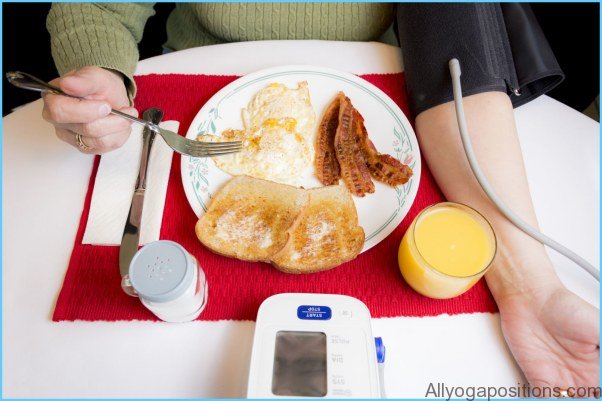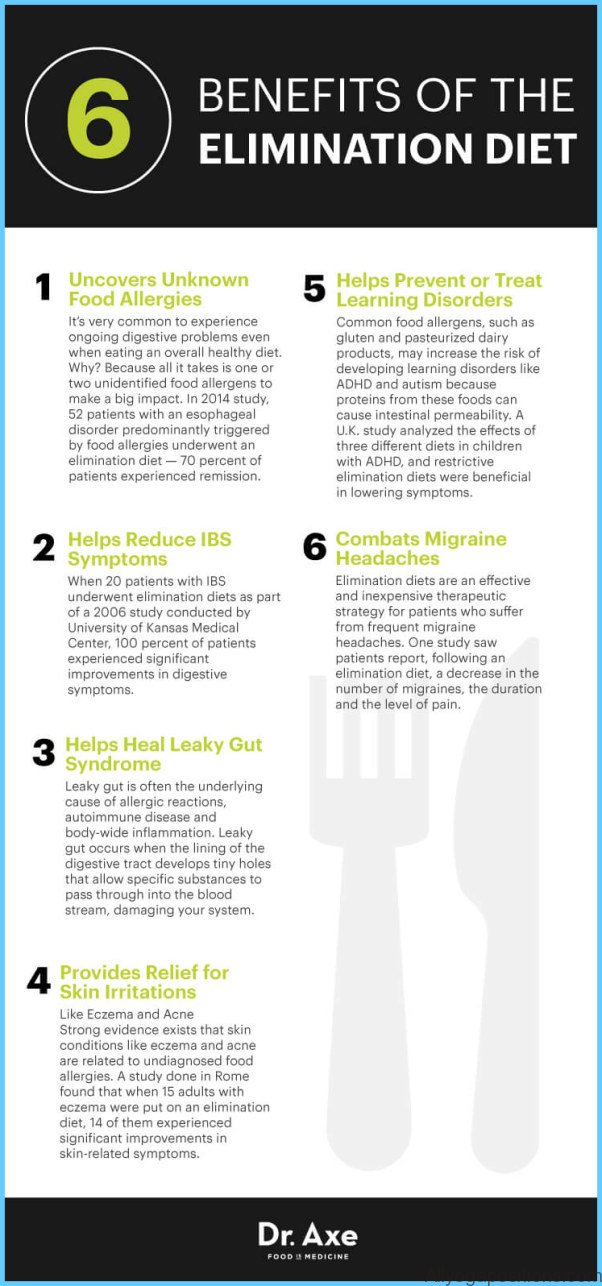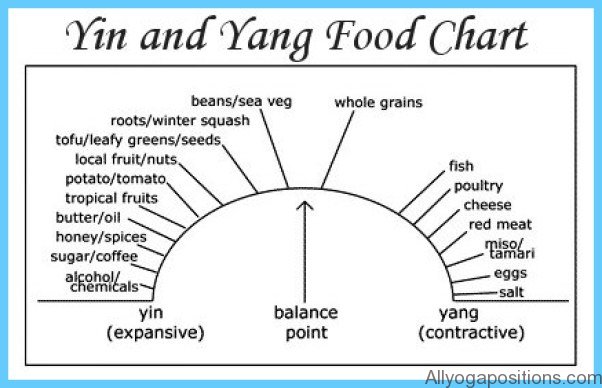A number of foods have been reported to trigger a migraine attack. Studies show that when people who suffer migraines eliminate these foods from their diet, about one-third experience fewer headaches, and up to 10 percent become headache free. Here’s a list of the most common foods that can trigger a migraine, or make one worse:
milk
wine
chocolate
coffee, tea hot dogs garlic
cheese, especially aged cheese
eggs
fish
As well, the following foods and food additives have been reported to bring on a headache:
alcoholic beverages artificial sweeteners citrus fruits
corn
foods with MSG
lima beans
lentils
nuts
overripe bananas
peanuts, peanut butter
red wine
shellfish
soybeans
tomato
Some migraine sufferers have actual food allergies. It’s believed that certain immune compounds formed in response to an offending food can trigger a migraine headache. If you find that certain foods are triggering migraines, it might be worthwhile to have your doctor refer you to an allergy specialist for food testing.
Whether it’s a food allergy or some other food response that’s responsible for your migraines, consult a registered dietitian who specializes in food sensitivities (www .eatright.org). He or she can plan an elimination and challenge diet for you, a very useful tool used to identify food triggers. You can also do this on your own. Begin by keeping a food and headache diary. List all foods, beverages, medications and dietary supplements taken. Note the date of your menstrual period, since hormones may precipitate a migraine, too. You should keep this diary for at least two weeks, or long enough to cover at least three migraine attacks. Once you’ve completed this exercise, look for patterns. Did you eat the same food before each migraine? Did your migraines hit you after a night of drinking wine? You get the idea.
Once you have identified possible culprits, eliminate them from your diet for a period of four weeks, or longer if you experience migraines less frequently. If you are migraine free during this period, it’s very likely that you’ve found your triggers! The next step is to make sure these foods are the actual culprits. One by one, test each food by adding it to your diet. Wait three days before testing the next food on your list. Keep in mind that this exercise may not give you clear-cut results. A combination of events may be required to bring on a migraine. For instance, you may get a migraine only when you eat the food at a specific time in your menstrual cycle. Or, the combination of stress and a food trigger may be required to cause a migraine.


















